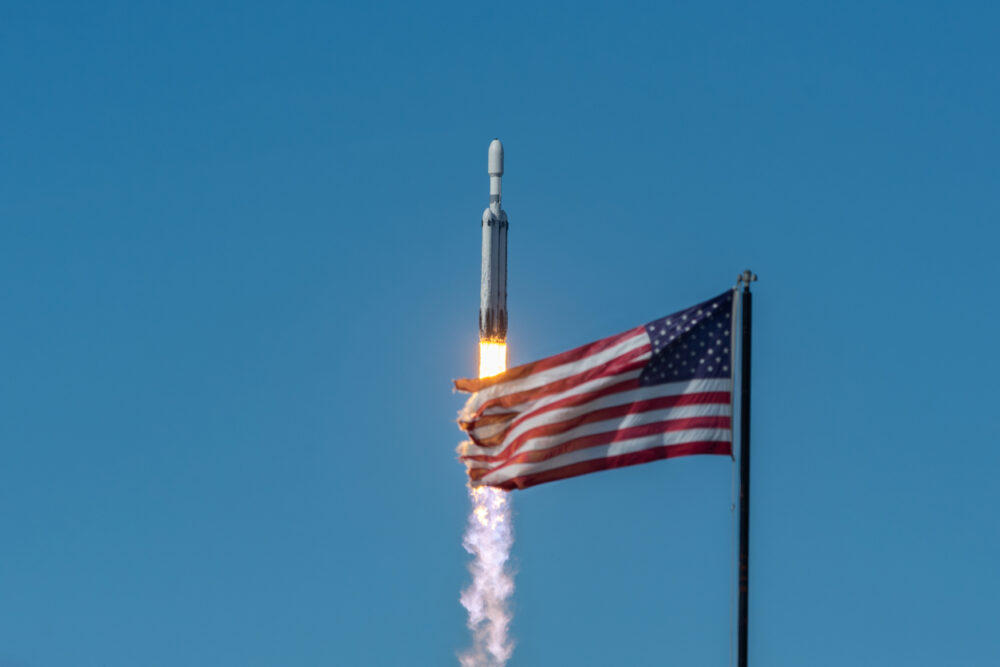He didn’t play the game better—he changed the rules entirely.

Elon Musk didn’t build rockets, electric cars, or global satellite networks by following blueprints. He tore those blueprints apart, questioned every assumption, and rebuilt ideas from scratch. That’s the core of first principles thinking—breaking things down to their basic truths and reassembling them without the usual limits. It’s how Musk moves in industries most people wouldn’t dare touch and somehow ends up leading them all.
He doesn’t ask, “How do we improve what exists?” He asks, “What is this really made of, and what are we missing?” That mindset shifts the conversation. It opens doors others don’t even know are there. First principles thinking isn’t just a strategy—it’s a worldview. And these 9 examples show exactly how Elon used it to bend reality, dominate multiple industries, and redefine what’s considered possible.
1. He reimagined rocket design by questioning cost, not performance.

The aerospace world was locked into the idea that rockets were disposable—and insanely expensive. Instead of accepting that as a given, Musk broke the concept down to its core: What are rockets actually made of? Metals, wiring, fuel—none of it inherently costs hundreds of millions. So he asked, why should launching something into space be this expensive?
By ignoring conventional pricing models and rebuilding rockets using a bottom-up approach, SpaceX was born. He focused on materials, modular design, and eventually, reusability. The result? Rockets that could return to Earth, be refurbished, and fly again, according to Fabrice Testa at OpenExo. This wasn’t about tweaking old systems—it was about refusing to inherit bad assumptions. And it changed the entire economics of space travel.
2. He refused to accept that electric cars had to be boring.

Before Tesla, the electric car world was filled with tiny, low-powered vehicles no one was excited to drive. The assumption was simple: electric meant limited. Musk tossed that idea completely. He didn’t try to make a better version of what already existed. He asked, “What makes a car desirable—and how can electricity do it better?”
That meant rethinking performance, battery design, software integration, and branding all at once, as reported by Adam Hayes at Investopedia. By approaching car building through first principles, Tesla created sleek, fast, high-end vehicles powered entirely by electric drivetrains. It wasn’t about “competing with hybrids”—it was about making combustion engines feel obsolete. That shift forced the entire auto industry to pay attention, then scramble to catch up.
3. He built a battery empire by starting with raw materials.

Most people looking to improve batteries focused on buying better cells or outsourcing storage to tech partners. Musk zoomed all the way out and asked: what’s inside a battery, and how do we control the supply chain from the ground up? That led to Tesla investing directly in lithium mining, battery chemistry R&D, and eventually building massive gigafactories, as stated by Justin Rowlatt at BBC.
Instead of waiting on battery prices to drop, he pushed them down through vertical integration. By understanding the cost drivers at a molecular level, Musk was able to scale production in ways that made large-scale electric transportation—and home energy storage—viable. The power wasn’t just in the battery. It was in owning every step of its creation.
4. He shattered the timeline for reusable rockets.

Reusability in spaceflight had been a dream for decades, but it was always “decades away.” Agencies like NASA assumed any progress would be slow, risky, and cost billions. Musk took that as a challenge, not a boundary. His thinking? If planes can fly multiple times a day, why can’t rockets?
So SpaceX designed Falcon 9 with the explicit goal of vertical landing. They tested, failed, adjusted, and finally nailed it—sticking the landing on a floating drone ship in the middle of the ocean. It wasn’t luck. It was relentless iteration based on physics, not precedent. The time between launches dropped. The cost of spaceflight followed. And Musk proved the impossible was just poorly framed thinking.
5. He saw Mars colonization as an engineering puzzle, not a sci-fi fantasy.

Talk about colonizing Mars usually ends in eye rolls or vague timelines. Musk approached it like a logistics problem. How much thrust is needed? What payload? What kind of habitat systems? By using first principles to strip the dream of its hype, he turned Mars from a fantasy into a solvable problem set.
That led to the development of Starship—a fully reusable spacecraft designed for deep-space missions. While critics mocked the idea, Musk kept iterating on steel designs, heat shielding, and fuel production strategies. He wasn’t trying to get to Mars “someday.” He was solving for Mars now—based on what physics allows, not what bureaucracy assumes.
6. He redefined factories as products themselves.

Most companies treat factories as cost centers—necessary but uninspiring. Musk turned that on its head. He saw the production line as its own kind of invention. If a car or a rocket is made better, why not the system that builds them? So he asked, “What would a factory look like if speed, efficiency, and elegance were core to the design?”
At Tesla and SpaceX, he pushed for automation, custom machinery, and AI-driven manufacturing. It wasn’t perfect. Some experiments failed. But the mindset stayed the same: don’t accept the factory you’re given—design the one you need. That approach now fuels some of the fastest, most flexible manufacturing systems in the world.
7. He refused to be held hostage by traditional suppliers.

Tesla nearly collapsed multiple times due to supplier issues. Instead of being at the mercy of outside companies, Musk applied first principles to his supply chain. What parts do we need? Can we build them ourselves? Do we really need this middleman—or can we innovate our way around them?
That led Tesla to start making their own chips, software, battery components, and even seats. Vertical integration wasn’t just about control—it was about freedom to iterate. When most companies complain about shortages or delays, Tesla adapts on the fly because they own more of their process. It’s messy, expensive, and absolutely effective.
8. He made software the soul of hardware.

In most traditional car companies, software was an afterthought. Updates came through recalls, and functionality stayed frozen. Musk flipped that script by building Tesla’s cars with a software-first mindset. The hardware supported the tech—not the other way around. That meant real-time updates, feature rollouts, and a smarter driving experience over time.
By using first principles to merge automotive engineering with Silicon Valley agility, he created vehicles that improve long after you buy them. It also made self-driving capabilities more than just a concept. While others debated regulations, Musk was already collecting data and refining performance. The cars weren’t just machines—they were learning systems on wheels.
9. He bets on vision, not just what’s already proven.

First principles thinking doesn’t mean safe bets—it means smart bets. Musk’s approach has always involved asking, “What should be possible?” and then building toward that future, even when it seems far off. That’s why he put everything into SpaceX when rockets failed, and doubled down on Tesla when electric cars looked dead.
He’s not betting blindly—he’s betting based on what physics, engineering, and long-term trends say could work. That ability to stay grounded in reality while still aiming beyond it is rare. And it’s why Elon Musk didn’t just join existing markets—he redefined them. Not by copying what worked before, but by thinking in a way most people never even attempt.
